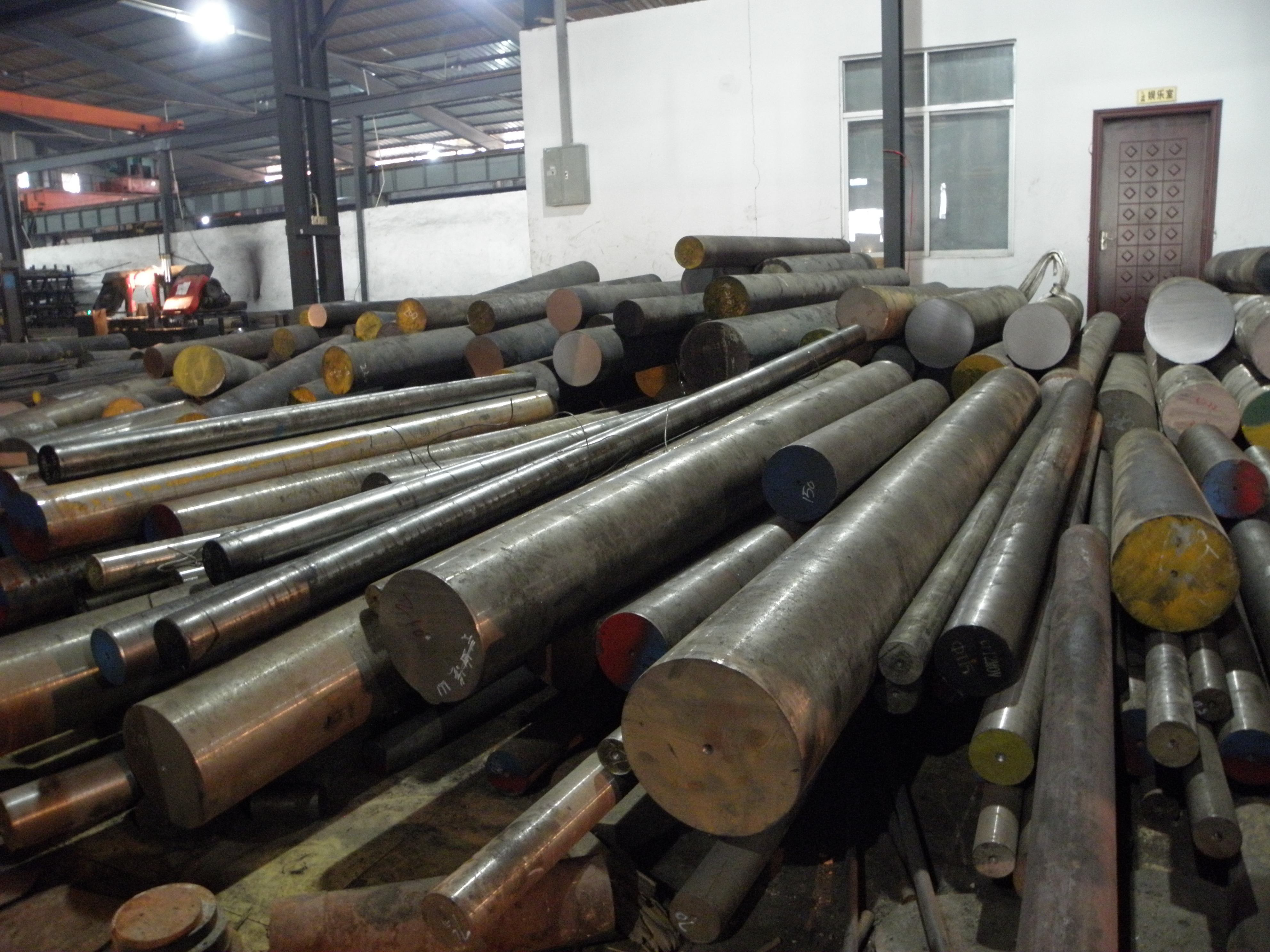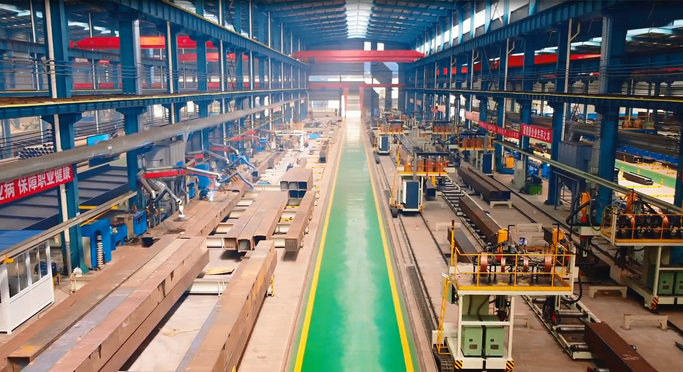Corrosion resistance of stainless steel
2021-08-02 10:54
Corrosion resistance of stainless steel


304 is a general-purpose stainless steel, which is widely used to make equipment and machine parts requiring good overall performance (corrosion resistance and formability).
301 stainless steel exhibits significant work hardening during deformation and is used in a variety of applications requiring higher strength.
302 stainless steel is essentially a variant of 304 stainless steel with a higher carbon content, and can be cold rolled to achieve higher strength.
302B is a stainless steel with high silicon content, which has high resistance to high temperature oxidation.
303 and 303Se are free-cutting stainless steels containing sulfur and selenium, respectively, and are used in applications that require mainly free-cutting and high surface finish. 303Se stainless steel is also used to make machine parts that require hot heading, as this stainless steel has good hot workability under such conditions.
304L is a variant of 304 stainless steel with a lower carbon content and is used in applications where welding is required. The lower carbon content minimizes the precipitation of carbide in the heat affected zone near the weld seam, which can lead to intergranular corrosion (weld erosion) of the stainless steel in certain environments.
04N is a stainless steel containing nitrogen, which is added to improve the strength of the steel.
305 and 384 stainless steels contain high levels of nickel and have low work hardening rates, making them suitable for a variety of applications where cold formability is required.
308 stainless steel is used to make welding rod.
309, 310, 314 and 330 stainless steel nickel, chromium content are relatively high, in order to improve the steel in high temperature oxidation resistance and creep strength. 30S5 and 310S is 309 and 310 stainless steel variants, the difference is only the lower carbon content, in order to minimize the precipitation of carbide near the weld. 330 stainless steel has a particularly high resistance to carburization and thermal shock resistance.
316 and 317 type stainless steel contains aluminum, so the resistance to pitting corrosion in the marine and chemical industry environment is greatly superior to 304 stainless steel. Among them, type 316 stainless steel by the variants include low carbon stainless steel 316L, high strength stainless steel 316N containing nitrogen, as well as high sulfur content of free-cutting stainless steel 316F.
321, 347 and 348 are titanium, niobium plus tantalum, niobium stabilized stainless steel, suitable for high temperature use of welded components.
348 is a stainless steel for the nuclear power industry, the amount of tantalum and drilling together has a certain limit.

